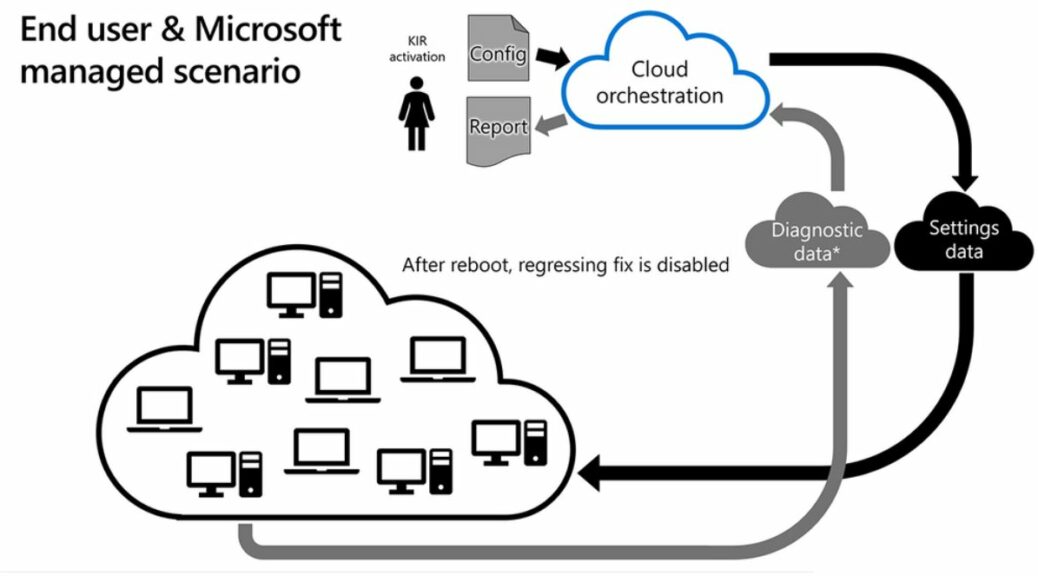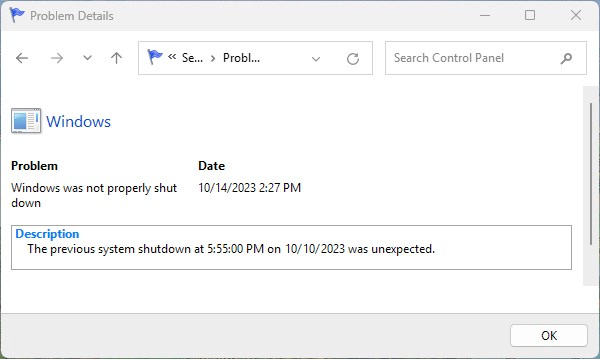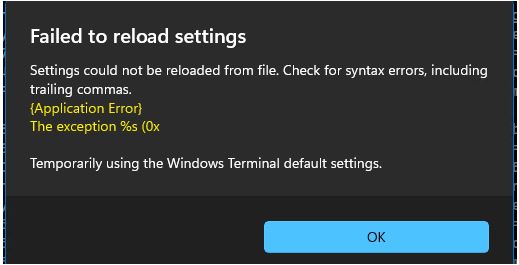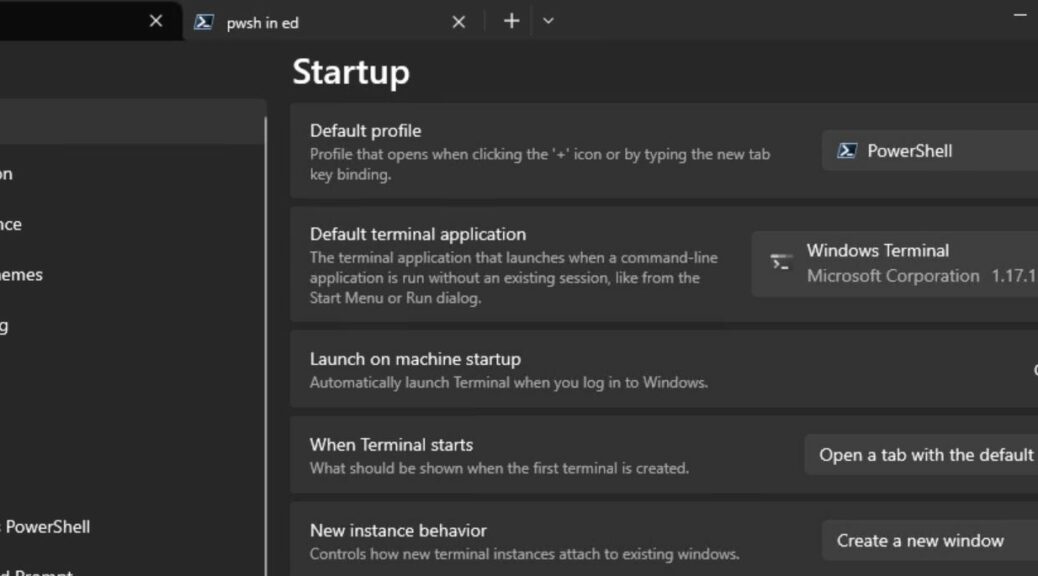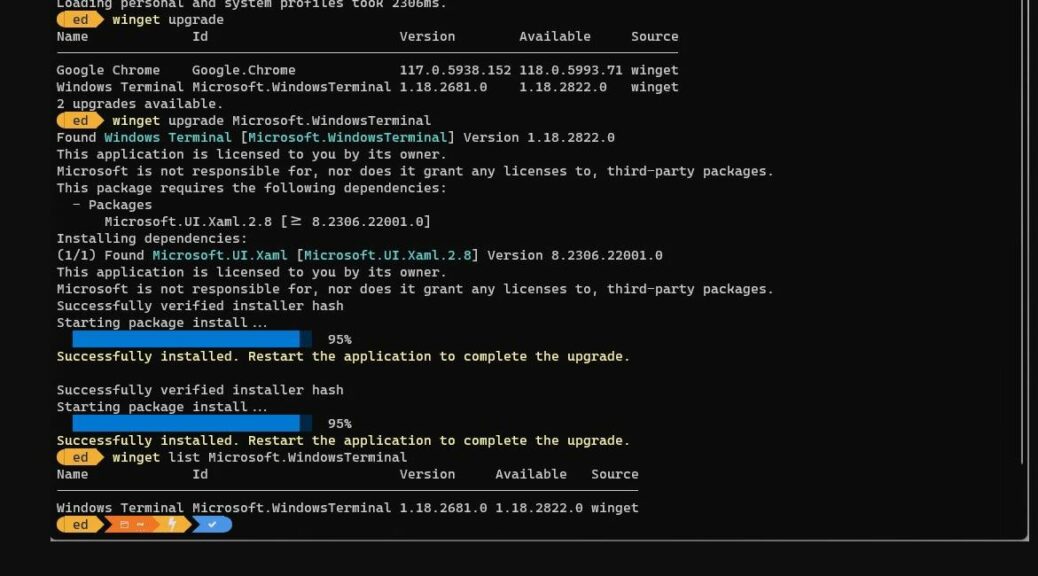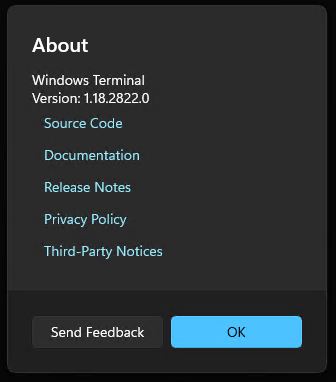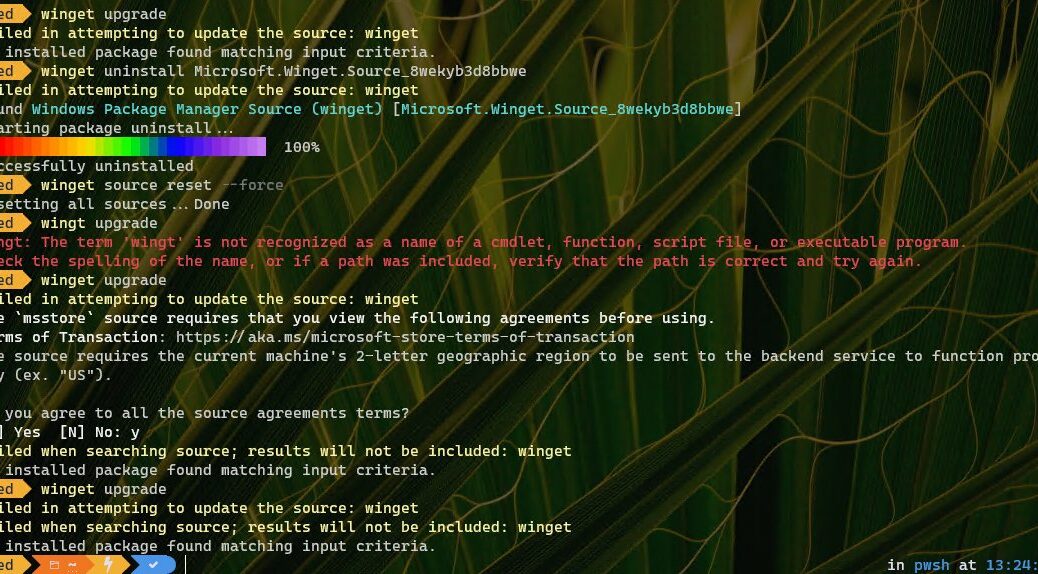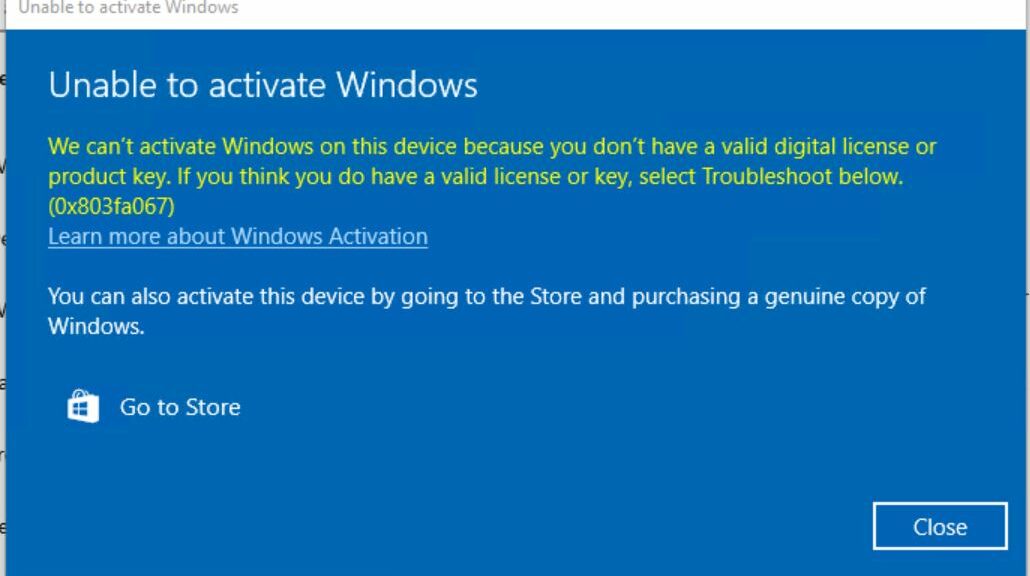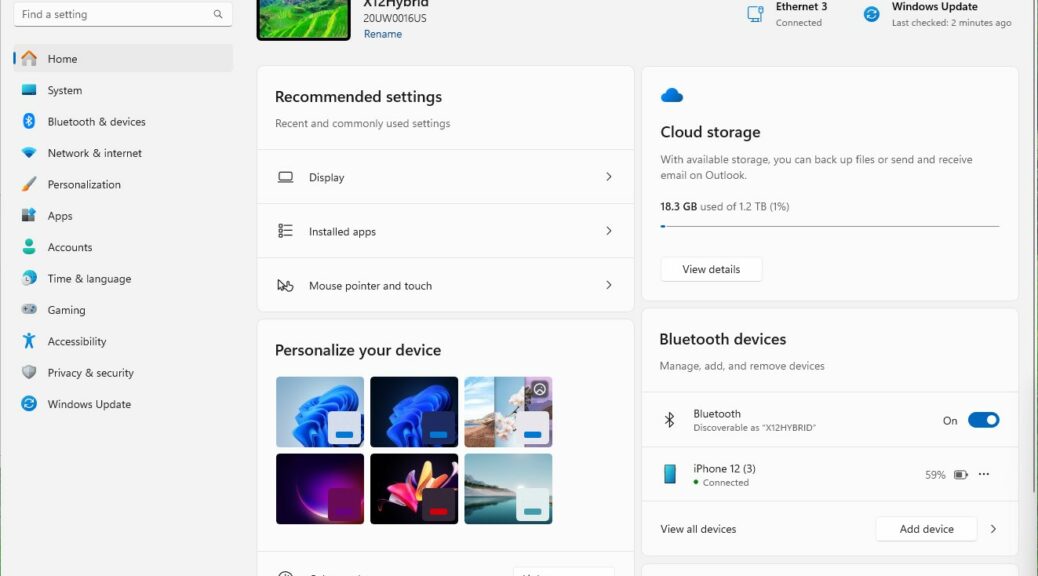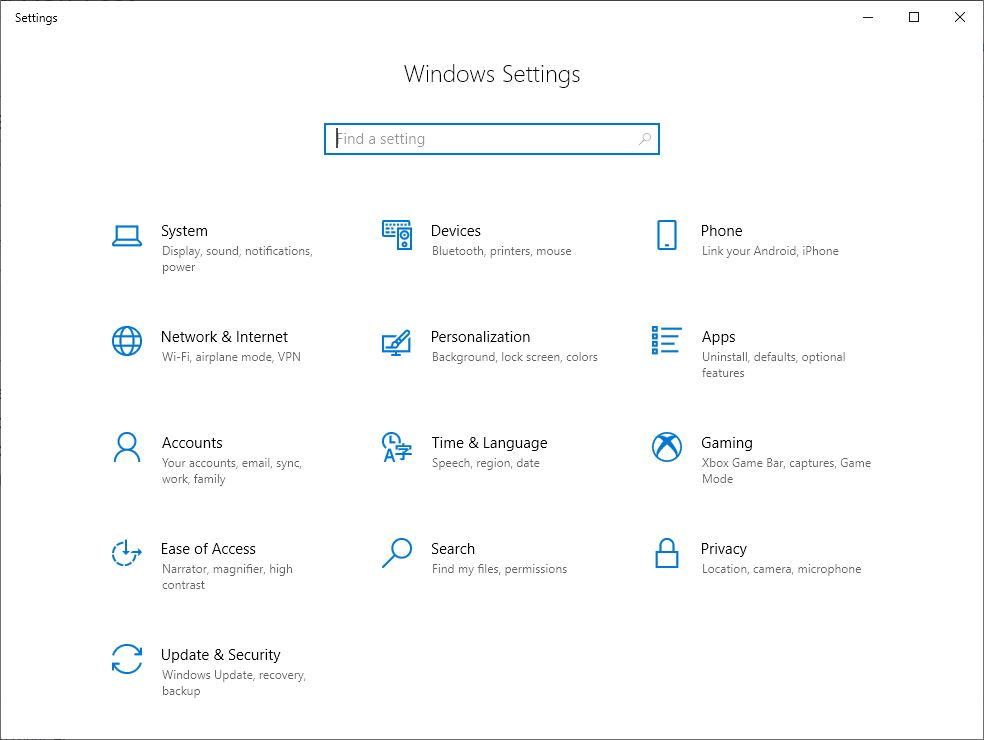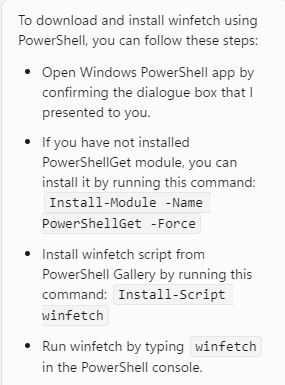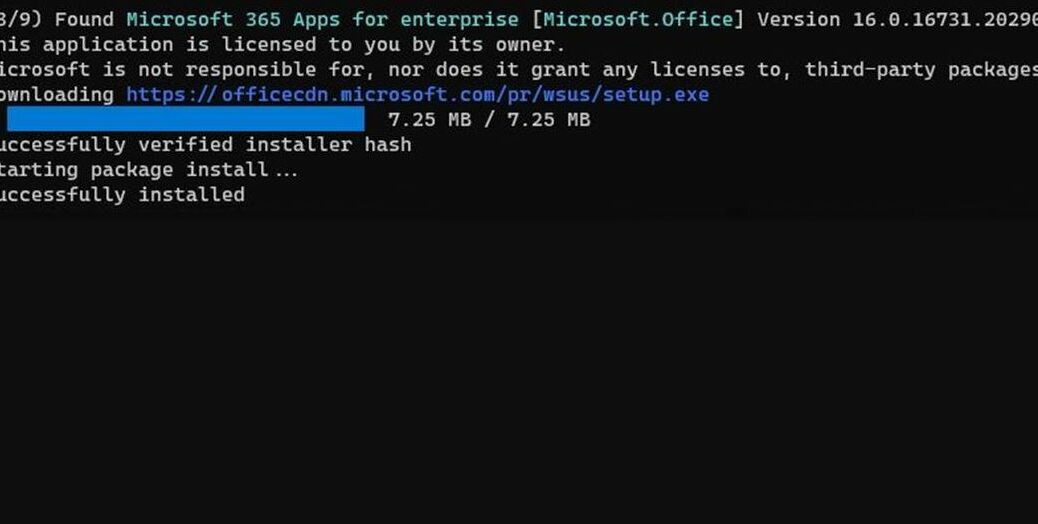I just got an example of what makes Microsoft’s KIR, aka Known Issue Rollback, useful in the field. A recent story at WindowsLatest recites how an install KB503135 error calls for KIR. (This KB takes Windows 10 to Builds 19044.3570 or 19045.3570.) Some users are getting error code 0x8007000d along with a failed update. Because the problem is apparently of MIcrosoft’s making, they can use KIR to clean things up through WU by pushing an amended update.
When KB5031356 Error Calls for KIR, Then What?
The lead-in graphic provides some important clues to what KIR does (and comes from a Microsoft Community piece entitled How KIR works for the end user). KIR works by loading a configuration change from the cloud. Devices connected to WU (or WU for Business) get notified (settings data to the PCs at bottom). As the same time the new, problem code gets turned off.
MS tries to head trouble off by identifying and pushing out rollbacks before updates get widely applied. As they put it in the afore-linked item “most end users will never see the regressions.” PCs that agree to provide diagnostics info to MS will send information related to the affected code to which the update and regression apply (that’s the diagnostics data in grey). This idea, says MS is “to help us learn how well the rollback is succeeding…”
What About KB5031356 Itself?
The Update rolled out on October 10 (last Tuesday). Reports started appearing immediately. Apparently, MS pushed the rollback on or around October 12. They say it takes 48 hours for the rollback to interact with updated PCs, so that would indicate users who attempted updates between October 10 and October 14 (Friday) could be affected. Those who do fall prey to the error, according to WindowsLatest, should be able to recover using the DISM … /RestoreHealth command.
The error didn’t bite me, even though I updated on Patch Tuesday. But by now, it should be fixed. Worst case, one could uninstall the original KB then re-install the by-now patched version. That should work!
